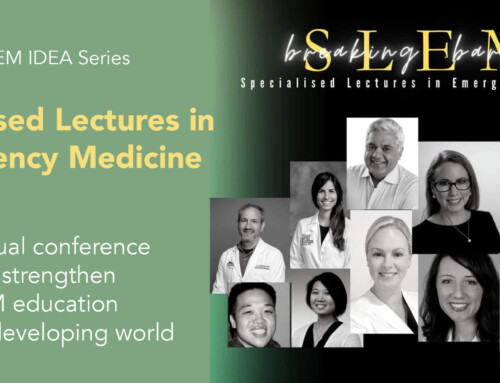“Medical Education in the United States and Canada in 1910” was a landmark article, published by Abraham Flexner (shown in photo) in 1910. It’s commonly referred to as the Flexner Report. It revolutionized medical education in its call for higher quality and standardization.
In summary the report advocated for the improvement of medical education and medical schools in 4 areas:
1. Standardization
Because educational curricula varied widely in content and quality across medical schools in 1910, students were trained with variable success. The Report recommended having 4 years of college and a set list of science courses as a prerequisite. Furthermore, the medical school would offer a 2+2 curriculum and would answer to an overarching accreditation body.
2. Integration
Before 1910, medical students received limited experience with science, laboratory work, and direct patient care. The Report recommended the incorporation of laboratory learning into the curriculum and the expansion of the curriculum to incorporate 2 years of clinical training.
3. Habits of inquiry and improvement
Before 1910, medical students learned based on rote memorization and tradition. The Flexner Report recommended that students are trained to “think like scientists”. To do this, teaching should be conducted by scientifically trained faculty in the university and clinical setting.
4.Identity formation
Before 1910, the faculty educators were of variable quality. The Flexner Report recommended moving medical education into the university setting and culture, where university-based faculty can serve as role models for students.
This commentary article advocates for a new “Flexnerian” shake-up in medical education thinking. What’s in the future? This includes focusing on the following 4 goals for the next 10 years:
1. Develop new partnerships to build medical education systems that support lifelong learning principles. Specifically, experts in asynchronous education and technology are needed.
2. Interdisciplinary education and team learningare critical to improve communication and cross-collaboration. This means educational partnerships with nursing, pharmacy, and public health. I would even say that this should also extend to global health and instructional technology departments.
3. Medical school curriculum revamping. The current curricular model needs to be re-looked at in its entirety. The AAMC and other accreditation organizations need to consider building a competency-based curriculum that would allow learners to tailor their own education time.
For instance, if I performed average in the Anatomy, Cardiovascular, and Pulmonary modules, but aced the Statistics and Renal modules, I would spend more time on the former and much less time on the latter. This may result in some students not needing all 4 years to complete medical school. Radical thought — I love this concept.
4. Put a cap on medical student tuitions. Financial woes of medical schools and universities shouldn’t trickle down to the students. Funding allocations should be transparent in order to come up with sustainable solutions to medical education funding.
Reference
Skochelak SE. A Century of Progress in Medical Education: What About the Next 10 Years? Acad Med 2010; 85:197-200.





